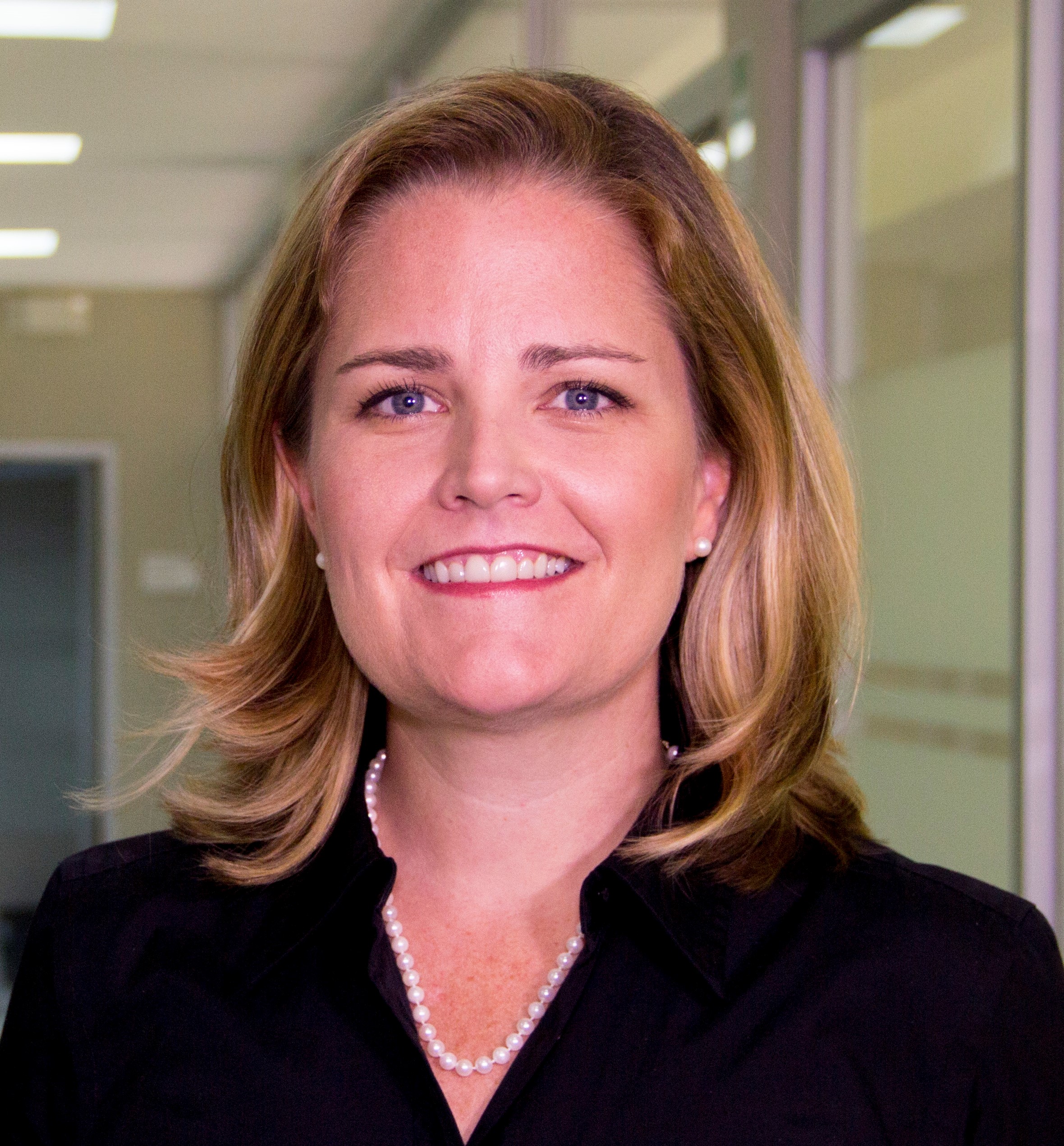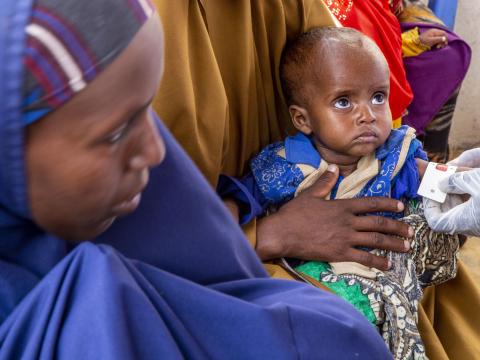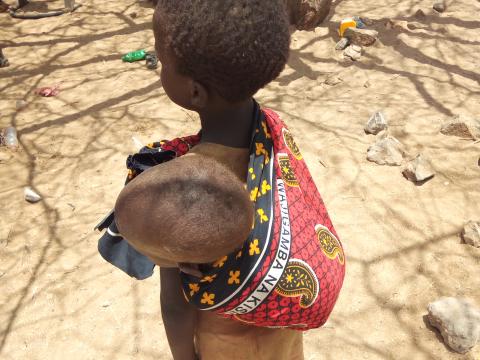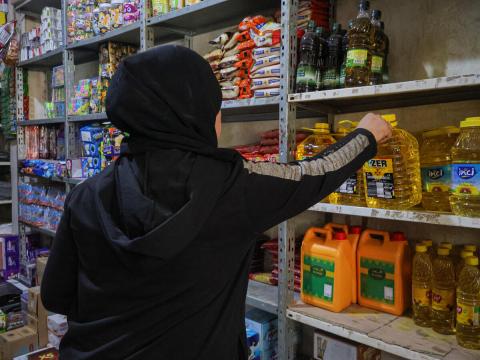
Uneven recovery means the poorest of the poor continue to pay the most to feed their families
Ahead of this year’s European Humanitarian Forum, Amanda Rives-Argeñal discusses the unequal recovery rates worldwide from rising food costs and inflation. Facing these challenges, she urges collective action to raise needed funding, address ongoing hunger, and increase food access worldwide.
1 March, 2024
Amidst the complexities of a post-pandemic world, the impacts of high food costs continue to haunt many vulnerable communities, echoing a warning sounded by World Vision back in September 2021. Despite recent respite with the world seeing an overall decrease in global food prices since 2022, many challenges remain, and we continue to pay higher prices for the same food. Vulnerable populations are trapped in the grip of heightened prices, casting a stark contrast against the backdrop of a stabilising market in high-income countries around the world.
The aftermath of 2022's historic price peaks leave an indelible mark, as food prices defy expectations of post-pandemic economic recovery. However, the resulting inflation doesn't emerge alone; it came about amidst a series of crises, amongst them: crushing debt and currency fluctuations, entrenched conflicts, violence and insecurity exacerbated by by climate-induced stressors and extreme weather events.
Conflict remains a catalyst for hunger, engulfing 70% of the world's hungry in violence-stricken regions. The ramifications of these conflicts ripple far beyond each unique location. Since the eruption of the Ukraine conflict in 2022, disruptions in global food supply chains have exacerbated hunger risks for 2.4 billion people – nearly one-third of the world’s population – amidst soaring food and energy prices as well as mounting financial strains.
Recognising that food prices evolve differently across countries and regions, and in light of the Global Report on Food Crises’ mid-year assessment that acknowledged that ‘lower international food prices have not eased economic pressures at macro and household levels’, we decided to revisit food sellers in markets around the world for a third year to better understand how seemingly improving living costs were translating for those people living in the most vulnerable contexts. Chiefly, our findings challenge the idea of a widespread stabilisation of international food price trends. While certain regions are starting to show signs of improvement, the poorest nations and their communities that are grappling volatile currencies, conflict, and climate change impacts are continuing to suffer. We can see this in Sub-Saharan Africa, where our data shows that nine out of the top 10 countries are experiencing the highest food prices, based on a correlation to hours worked.
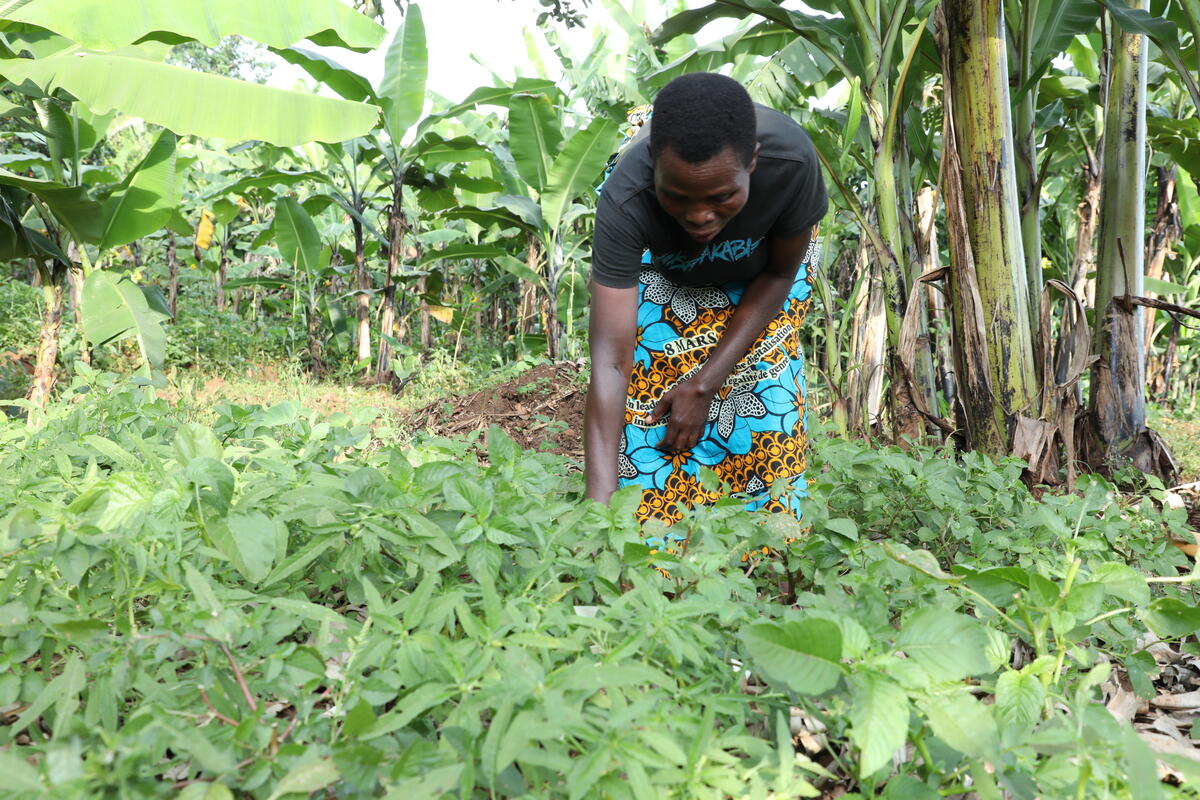
Here’s some food for thought – in Burundi, it takes 36 days for an individual to afford a basket of 10 common food items. However, in Australia, Ireland, and Singapore the same could be achieved after just 1.5 hours of work. Inequities persist glaringly, with the disparity in hours of work required to afford a basic food basket staggering between countries like the Central African Republic (25.5 days) and Canada, the United States, and the United Kingdom (2 hours).
Despite marginal reductions in severe hunger, the ongoing hunger crisis metastasises, ensnaring more countries in its grip. Acute food insecurity tightens its hold, leaving billions without access to affordable, nutritious diets. After all, extreme hunger has nearly doubled since 2019.

Looking ahead, the trajectory of food prices remains concerning, poised to face heightened pressure exacerbated by various factors including El Niño conditions. With over a quarter-billion people already experiencing extreme hunger across 58 countries, the urgency for action cannot be overstated. Communities worldwide find themselves besieged by intersecting crises, demanding immediate and coordinated attention.
While there have been concerted efforts to help, funding for lifesaving food assistance, cash and voucher programmes, and nutrition interventions are simply not a global priority. Nutrition and food security in humanitarian response plans in 2023 have only been 32% and 35% funded, respectively. This is not enough. Some global government leaders worked to establish nutrition targets in 2015 but have failed to invest in them time after time. Just one-tenth of the estimated US$39−50 billion needed annually to avoid the deaths of 3.7 million children under age 5 and prevent stunting in 65 million children has been put towards interventions to achieve these goals since 2015.
As we confront these challenges head-on, it's imperative that we redouble our efforts to address the underlying causes of hunger and ensure we have the funding needed for equitable access to nutritious food. As higher income countries continue towards their recovery, let us extend a hand to the most vulnerable elsewhere in the world, standing in solidarity to alleviate the burdens imposed by inflationary pressures and escalating food prices. Only through collective action and unwavering commitment can we pave the way towards a more equitable and resilient future, where no one is left behind.
Amanda Rives Argeñal is Senior Director of External Engagement and Resource Development at World Vision International.
